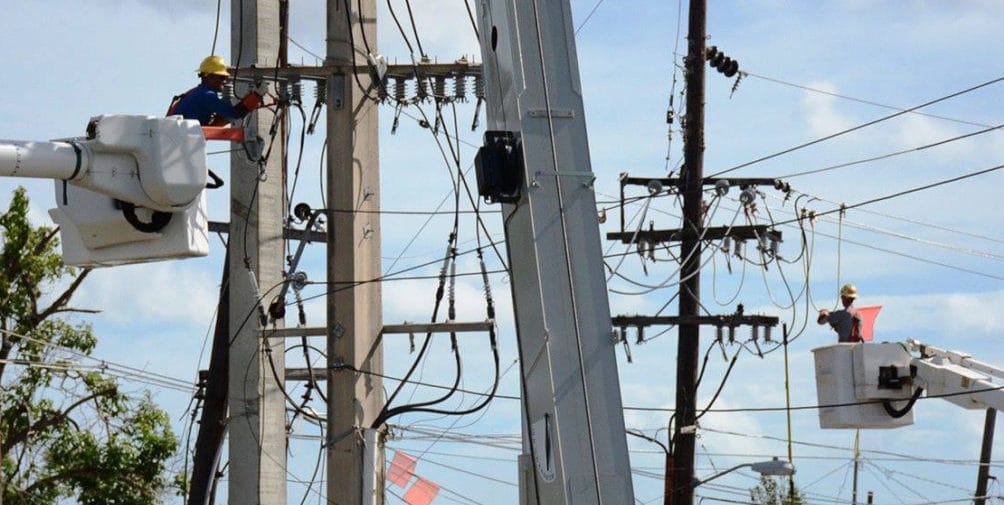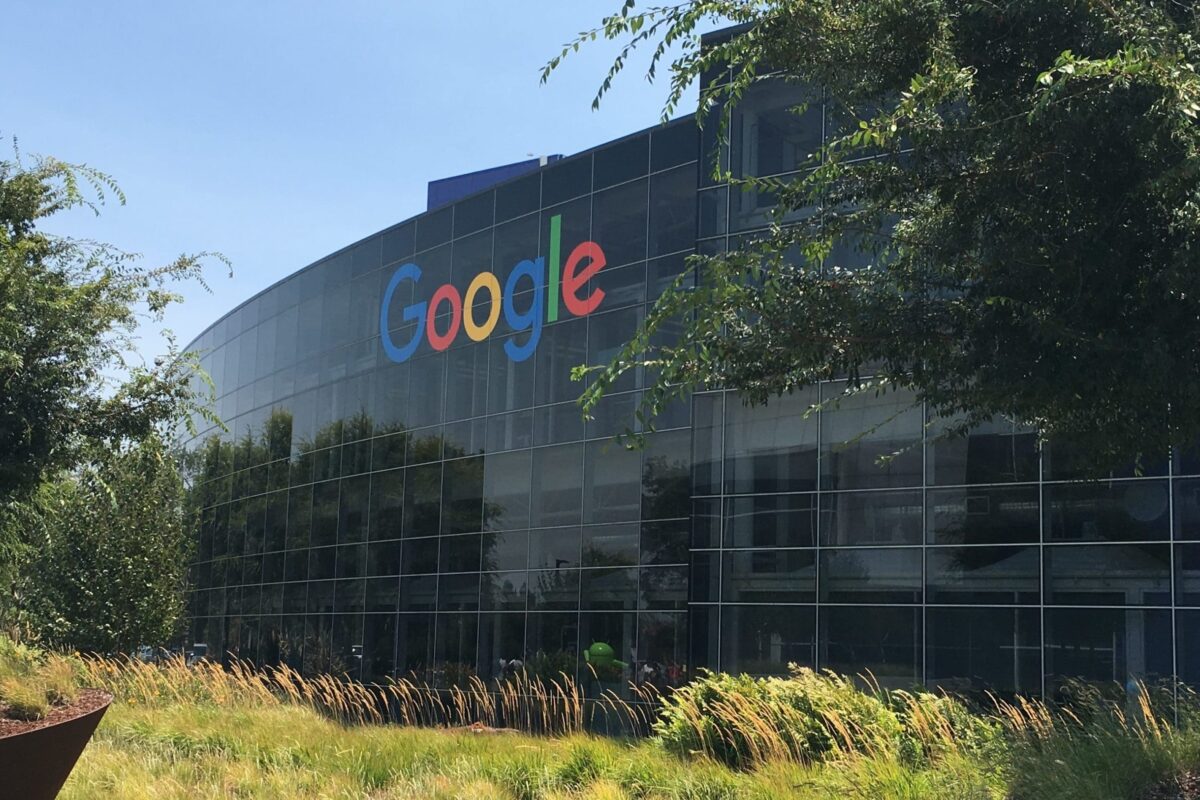Let’s talk about our good old friends, the collection of regional interconnection queues across this great land. Any time major development happens in a state or region, they’re the resource we look to to say “Look! This is just the beginning, there’s more development coming by the day.” If any of this sounds familiar, you know that we also mention for the sake of fairness that a considerable portion of projects in those queues never actually result in steel in the ground.
This is a topic that has become very real for the Midcontinent Independent System Operator (MISO). In late July, the queue reached 57 GW of solar projects waiting for interconnection, however there is reason to believe that this contained a number of purely speculative projects.
And now some of these projects are in danger. The reason for this renewable rapture: required transmission upgrades.
This revelation comes even after the decade of incremental transmission upgrades made by MISO. All but one of the 17 Multi-Value transmission line projects (MVP), initially approved in 2011 have been completed. When that last project is finished, MVP is expected to carry 25 GW in capacity, nearly all of which will come from already on-line wind.
On a smaller yet no less important scale comes the CapX2020. CapX2020, created by 11 transmission-owning utilities in Minnesota, the Dakotas, and Wisconsin, is done and delivering 3.6 GW of power – again, mostly wind, but that’s what these states have no shortage of.
Specifically, a group of 5 GW of projects in the Upper Midwest has been cut down considerably to 1.5 GW. Those projects were part of a February 2017 MISO study group, analyzed by the Clean Grid Alliance. What’s more is that these were not entirely infantile projects, as the Alliance shares that a number of them had power purchase agreements in place.
For MISO, the situation appears to be a heavy lose-lose, at least from an economic standpoint. As much good as these upgrades would bring and as much as they are needed, they would come at a cost that the Clean Grid Alliance estimates to be around $100 million. That $100 million figure may look more and more appealing by the day, however, as the Production Tax Credit lost by cancelling 3.5 GW of wind + solar projects totals more than $1 billion, with an additional $15 million, annually, in landowner payments.
$100 million doesn’t feel so bad now, this writer shares in reference to a sum of money that is near incomprehensible.
With this culling and the Public Safety Power Shutoffs occurring in California, the argument for traditional transmission and distribution to be phased out in favor of distributed generation has never been stronger. Three community choice aggregators have already filed in California to use over 30 MW of distributed batteries to make a more resilient, reliable grid, while Gridworks, GridLab and the Center for Renewables Integration have outlined the capabilities of distributed energy resources (DER) to power the state of New Jersey as a whole. This is a much larger area than both of those examples combined and much more sparsely populated, but the argument is still a relevant one.
It will be interesting to see what solution the utilities in MISO come up with, but for the time being, let this serve as an illustrated example that interconnection queues serve us both hope and reality checks – they giveth and they taketh away.
This content is protected by copyright and may not be reused. If you want to cooperate with us and would like to reuse some of our content, please contact: editors@pv-magazine.com.









Oh, good grief. Shut down those coal plants, and site solar near load, on rooftops, over parking lots, on every government building, every big box, that’s where electricity is needed, not out on prime ag land! How much capacity is opened up when coal is shut down… but wait, they’re not shutting down the newer big coal plants, just the smaller and less economic ones.
I see wide highway easements with nothing but scrub, transmission lines right beside them. It would seem that inviting solar developers to site solar projects along these ROWs would make perfect sense.
Solar above Park & Rides charging cars parked for the day seems like a no brainer.
Transmission lines are old model top down hierarchy of energy. They are fragile and centeralizing in their power and money structure. Opt instead for a New American Homestead Act to bring a rebirth of the a free and independent citizenry that own the means of production, bringing wealth and control back to the freeholder of land/home.